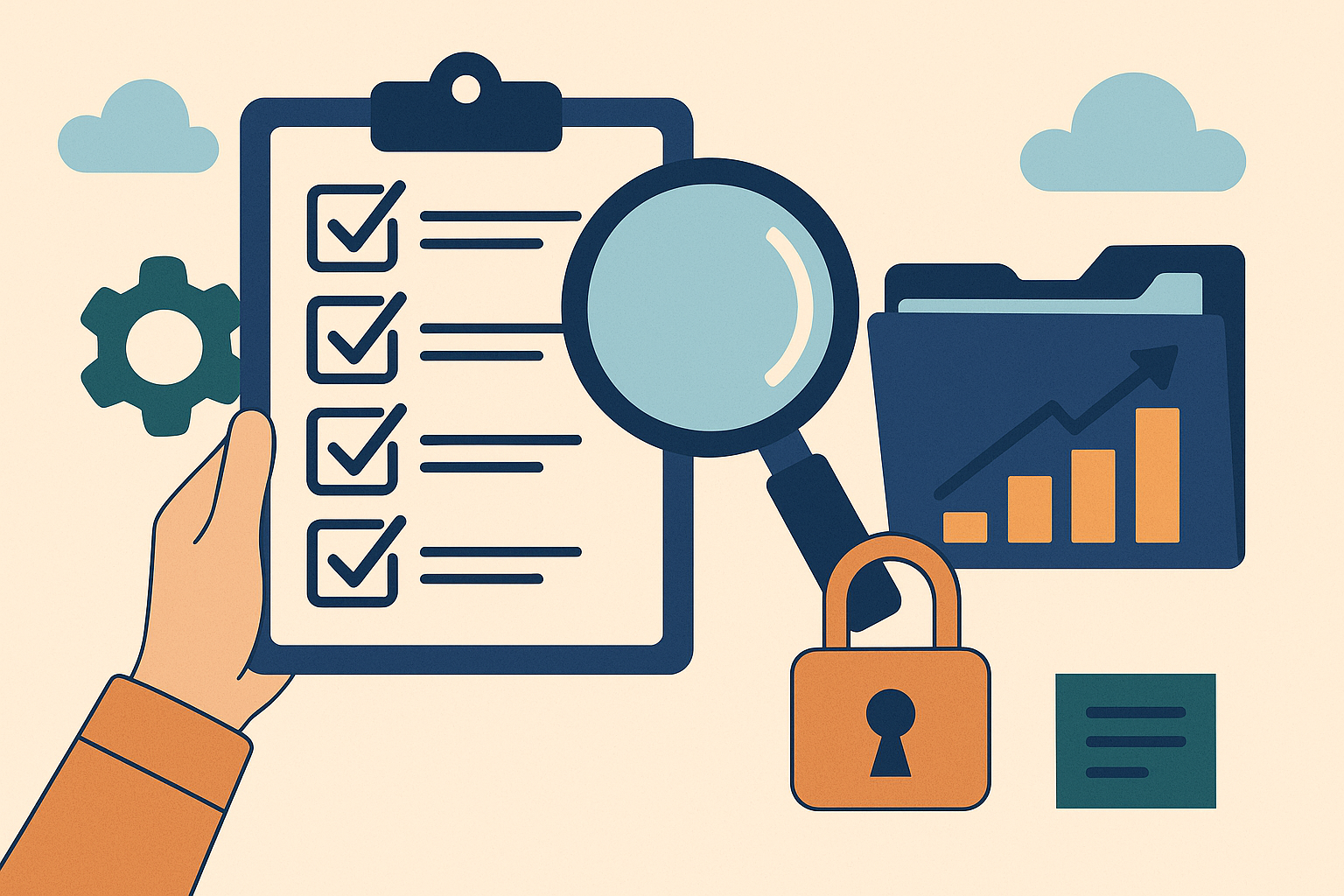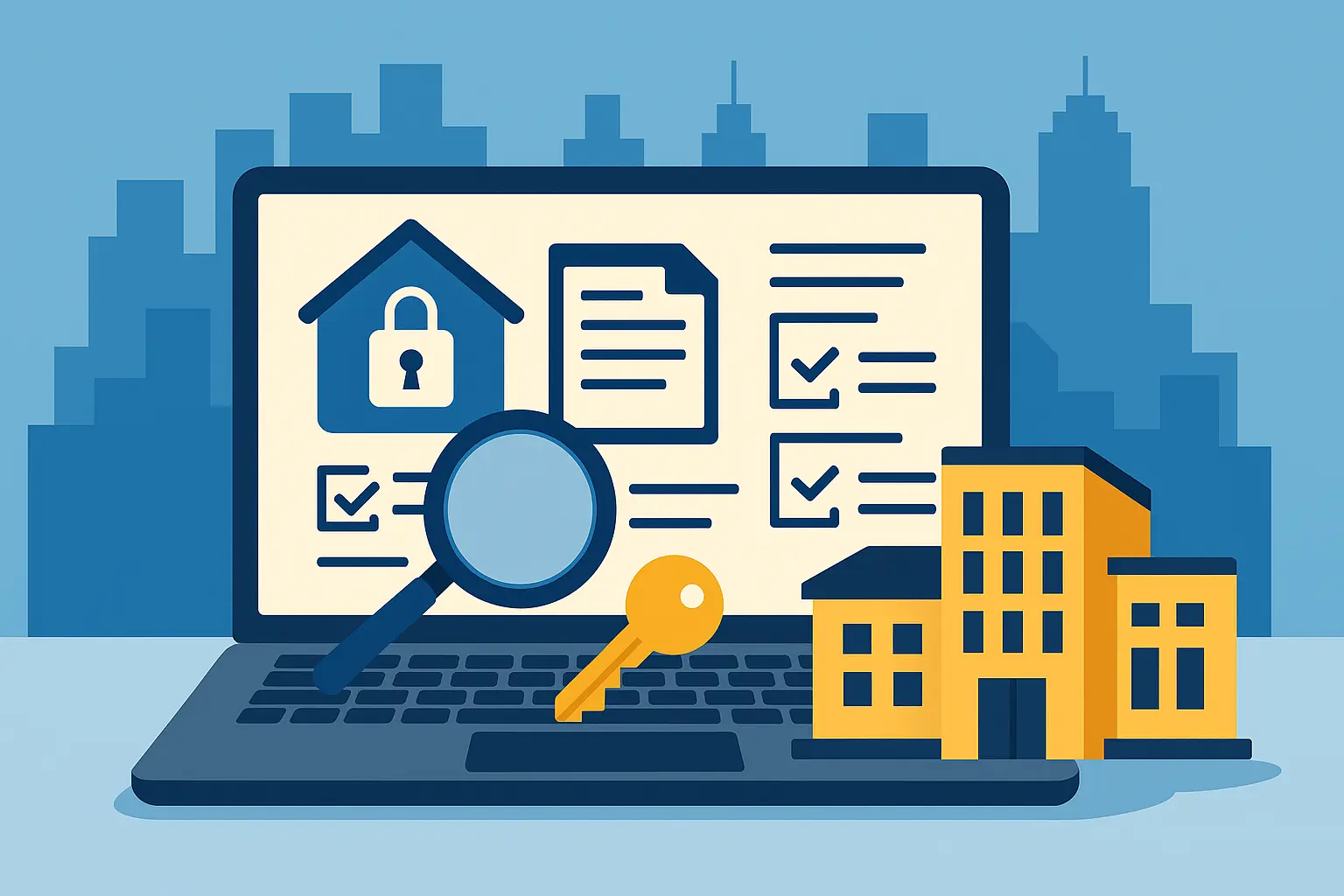Virtual data rooms have been playing a central role in streamlining complex financial transactions like mergers and acquisitions. They have become a key component of M&A deals due to their supreme data protection and accelerated process. Studies indicate that data rooms can reduce the overall M&A lifecycle by up to three months.
Data room solutions also act as a guide during the due diligence process in M&As. That said, a virtual data room due diligence checklist provides dealmakers with a comprehensive guide throughout the process. It helps potential investors or buyers quickly locate and access due diligence material such as financial documents, operational reports, revenue projections, and legal documents. Instant access to these important documents speeds up the decision-making during a time-consuming process like M&As.
This article provides a detailed overview of the virtual data room checklist for due diligence and how to set up your data room for more efficiency.
Understanding the Role of a Data Room in the M&A Lifecycle
Virtual data room software plays a key role during different stages of an M&A transaction. It acts as a playground for financial advisors, legal teams, potential investors, buyers, and other parties involved. Here is how.
1. Streamlined due diligence process
Data rooms simplify due diligence by allowing all the above-mentioned parties to unite in a single place. Well-structured data room documents are remotely available for review by data room users. They can assess critical documents in detail and leave comments or notes for explanations.
2. Easier negotiations
Similarly, virtual data rooms are vital in negotiation and deal closing as they provide transparent communication channels to negotiate terms and conditions with ease. Many data room vendors provide due diligence report templates for easy preparation and submission of DD reports (an important requirement for closing an M&A).
3. Post-deal integration
Data rooms become a reliable tool for secure data sharing during the integration phase. They ensure all parties have access to the required documents. VDRs also keep track of important data and compliance needs, which makes it easier to manage post-deal activities. Lastly, digital data rooms can retain data for future use as well.
Common Challenges in Managing a Due Diligence Data Room
Data room management can be challenging when handling large volumes of data during M&As. There are also security concerns to address. Here are a few common challenges you may face in a due diligence data room and how to tackle them.
1. Document overload
An M&A transaction involves sharing hundreds and thousands of documents, depending on the size of the deal. Document overload in a virtual data room makes data analysis more difficult for buyers. This is where virtual data room setup plays an important role. For example, categorizing data in folders and subfolders and naming them properly makes accessing data room documents easier.
2. Security and compliance
Data security is one of the leading challenges for dealmakers. Data breaches lead to a loss of reputation and weaken the target company’s negotiation power. Hiring ISO, SOC, and GDPR-compliant data room vendors can help:
- Protect critical information
- Minimize security concerns
- Address relevant regulations set by the concerned authorities
3. User access control
It is challenging to control the flow of information in VDR due to the large number of users. Data rooms with user access controls feature allow you to assign access based on users’ roles in the due diligence process.
4. Keeping files up to date
Outdated versions of the due diligence documents can create confusion for the buyers. Using a virtual data room with the version control feature keeps a history of document changes and labels the latest versions.
Essential Data Room Documents Checklist
The specifics of due diligence requirements vary based on the types of due diligence and the nature of the M&A transaction. However, a well-structured VDR checklist increases the chances of successful M&A transactions. Here is what goes in a data room for due diligence.
1. Corporate and legal
Corporate and legal due diligence includes reviewing information about the business in general and all the legal documents of the target company.
| Corporate Governance and Structure | Financial and Legal | Commercial and Operational Agreements | Compliance, Intellectual Property, and Disputes |
|---|---|---|---|
|
|
|
|
2. Financial statements
Financial due diligence is one of the most important types of DD in M&As. It analyzes the financial health of the target company and plays a key part in informed decision-making.
| Financial Metrics and Projections | Financial Statements and Reports | Assets and Investments | Debt and Liabilities |
|---|---|---|---|
|
|
|
|
3. M&A targets & valuation reports
This section helps investors or buyers measure the company’s value and how it fits with their goals. Here is what buyers should look for.
| Company Valuation Reports | Competitive Positioning and SWOT Analysis | Market Research and Analysis | Investment Memos and Pitch Decks |
|---|---|---|---|
|
|
|
|
4. Operational and commercial documents
Operational and commercial due diligence includes assessing data related to the supply chain, sales, marketing, and customers. Here is a detailed list:
| Category | Details |
|---|---|
| Production |
|
| Supply Chain |
|
| Health and Safety |
|
| Market |
|
| Sales and Marketing |
|
| Customers |
|
5. Intellectual property (IP) & technology
70% of the executives believe that technology is a key value driver, but it can also be a risk. Weaker technological setups can lead to expensive data breaches. Here is what to examine.
| Category | Details |
|---|---|
| Software Applications & Infrastructure |
|
| Cybersecurity |
|
| Technology Integration |
|
| Data Privacy |
|
| Intellectual Properties |
|
6. Audit and tax documents
Detailed analysis of audit reports and tax data helps avoid tax litigations and unexpected expenses during post-merger integration. Here are some important documents to review.
| Tax Policies | Tax Compliance and Audit | Tax Reserves and Liabilities |
|---|---|---|
|
|
|
7. HR & employment records
Approximately 30% of the M&A deals fail mainly due to cultural issues, which mainly arise from the workforce. HR due diligence is important to maximize cultural alignment.
| Organizational Structure & Employee Info | Employee Benefits & Policies | Compensation, Culture & Labor Relations | Training & Succession Planning |
|---|---|---|---|
|
|
|
|
How to Structure a Data Room for M&A Transactions?
Data room structure is a decisive factor in maximizing the VDR output during M&As. Here is how to organize a data room for mergers and acquisitions.
1. Folder structure
A clear folder structure is necessary to ensure optimal categorization of the company data. Ideally, the vendors usually provide a detailed due diligence data room checklist, which you can use to create the best possible folder structure.
2. Indexing and tagging
Modern-day data rooms provide the indexing feature, which is important for easy data access. Data room index acts as a roadmap that allows users to locate any file with ease. Apart from that, adding search tags to documents also improves file accessibility.
3. Access levels and permissions
An M&A data room will have to cater to multiple parties, including investors, financial advisors, and other stakeholders. Not all users in the VDR need to have the same level of access. You can use access permission settings to give users limited document access according to their roles.
4. Automating document uploads
You can streamline the data room setup process by automating the uploading process. Modern AI-powered VDRs can automatically:
- Categorize files
- Flag duplicate files
- Suggest tags
This reduces the need for manual input and saves time.
Data Room Best Practices for a Secure and Efficient Due Diligence
- Make sure all the files are duly updated to avoid confusion between users and ensure the data room meets all regulatory compliance requirements from the concerned authorities.
- Use the audit trails feature to monitor all the activities in the virtual data room to ensure maximum transparency.
- Make sure all the data room users have basic training so that they can easily navigate through the VDR.
- Most vendors offer virtual data room tutorials, guides, and even live training sessions.
- Make sure the documents are properly formatted and categorized according to the checklist.
Conclusion
A well-organized data room checklist plays a crucial role in improving efficiency during M&A transactions. It acts as a roadmap for due diligence, which helps buyers locate essential documents like financial reports, legal documents, and valuation data, which ultimately reduces the deal time.
A structured data room minimizes risks by ensuring data is secure, up-to-date, and accessible only to authorized users. Companies can optimize the M&A lifecycle by:
- Automating data uploading and sharing
- Following a clear folder structure
- Simplifying the communication process
- Regularly update documents based on a standard data room checklist
A smartly managed and robust data room not only accelerates deal closure but also supports post-deal integration and future planning.



